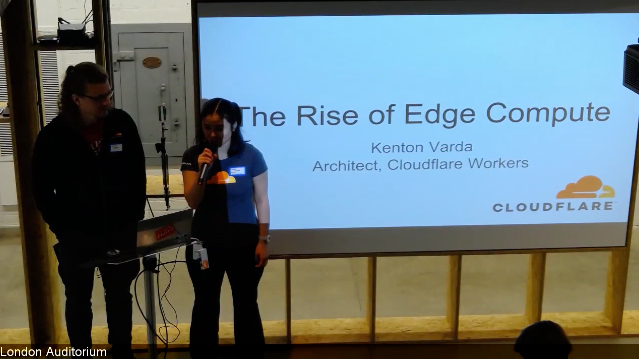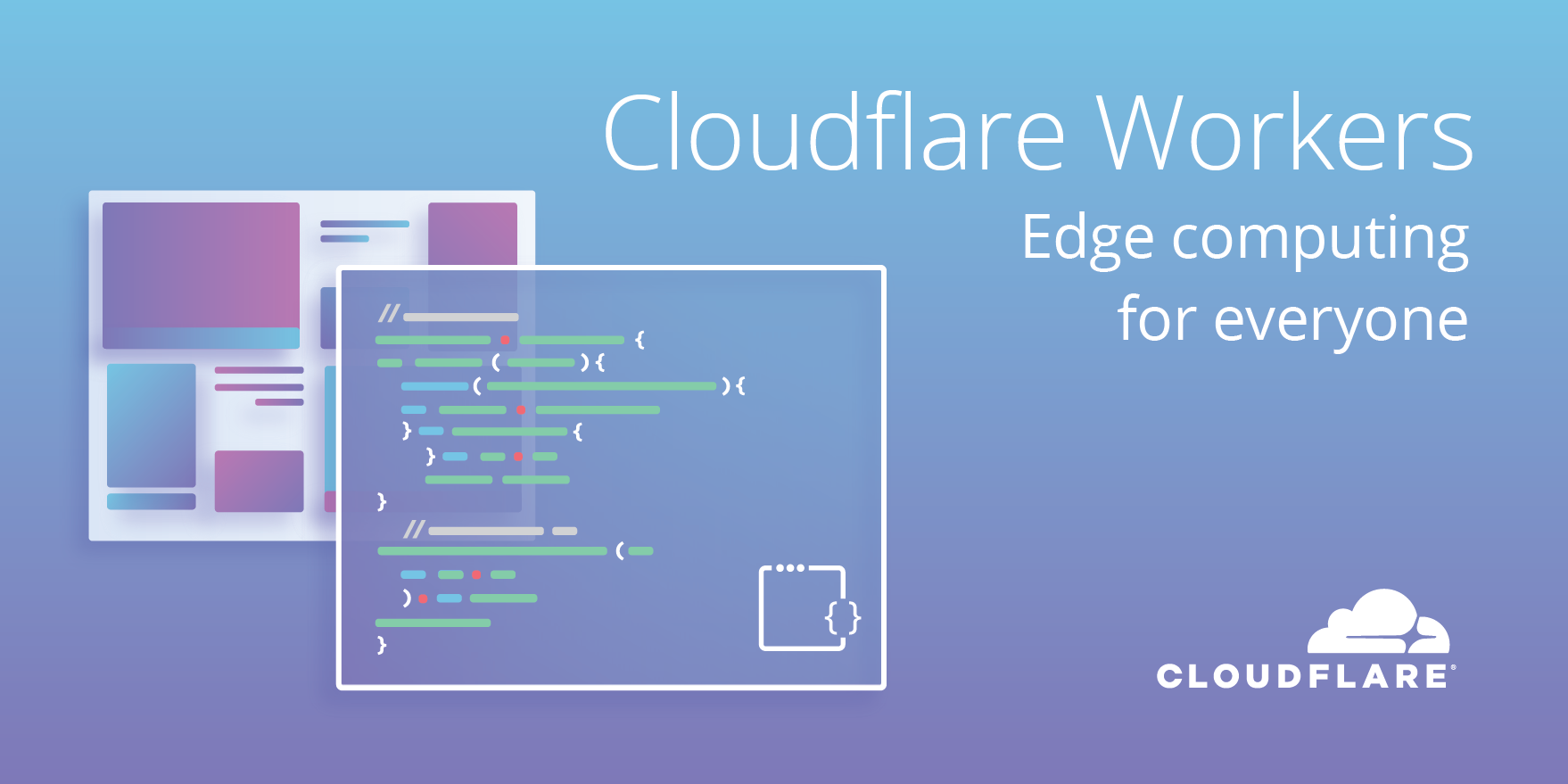0
One of the consistent questions that arises during the web-scale transition is the impact of managed access to networking infrastructure. How do we take traditional management techniques and adapt them to the new operational paradigm of web-scale networking, where automation drives the majority of changes and the infrastructure is treated as a holistic entity rather than node-by-node?
Local privileges
In the most basic way, we can migrate existing workflows to the new paradigm. Though inefficient, the old way of doing things still works with the new web-scale paradigm. The easiest way to do this is to restrict access to your switches using local privileges. In Linux, users are controlled using the adduser command, and the permissions for that user are controlled using the chmod commands.
A list of all users is stored in the /etc/passwd folder of Linux:
cumulus@leaf02:~$ cat /etc/passwd
root:x:0:0:root:/root:/bin/bash
daemon:x:1:1:daemon:/usr/sbin:/usr/sbin/nologin
bin:x:2:2:bin:/bin:/usr/sbin/nologin
sys:x:3:3:sys:/dev:/usr/sbin/nologin
sync:x:4:65534:sync:/bin:/bin/sync
games:x:5:60:games:/usr/games:/usr/sbin/nologin
man:x:6:12:man:/var/cache/man:/usr/sbin/nologin
lp:x:7:7:lp:/var/spool/lpd:/usr/sbin/nologin
mail:x:8:8:mail:/var/mail:/usr/sbin/nologin
news:x:9:9:news:/var/spool/news:/usr/sbin/nologin
uucp:x:10:10:uucp:/var/spool/uucp:/usr/sbin/nologin
proxy:x:13:13:proxy:/bin:/usr/sbin/nologin
www-data:x:33:33:www-data:/var/www:/usr/sbin/nologin
backup:x:34:34:backup:/var/backups:/usr/sbin/nologin
list:x:38:38:Mailing List Manager:/var/list:/usr/sbin/nologin
irc:x:39:39:ircd:/var/run/ircd:/usr/sbin/nologin
gnats:x:41:41:Gnats Bug-Reporting System (admin):/var/lib/gnats:/usr/sbin/nologin
nobody:x:65534:65534:nobody:/nonexistent:/usr/sbin/nologin
systemd-timesync:x:100:103:systemd Time Synchronization,,,:/run/systemd:/bin/false
systemd-network:x:101:104:systemd Network Management,,,:/run/systemd/netif:/bin/false
systemd-resolve:x:102:105:systemd Resolver,,,:/run/systemd/resolve:/bin/false
systemd-bus-proxy:x:103:106:systemd Bus Proxy,,,:/run/systemd:/bin/false
frr:x:104:109:Frr routing suite,,,:/var/run/frr/:/bin/false
ntp:x:105:110::/home/ntp:/bin/false
uuidd:x:106:111::/run/uuidd:/bin/false
messagebus:x:107:112::/var/run/dbus:/bin/false
sshd:x:108:65534::/var/run/sshd:/usr/sbin/nologin
snmp:x:109:114::/var/lib/snmp:/usr/sbin/nologin
dnsmasq:x:110:65534:dnsmasq,,,:/var/lib/misc:/bin/false
_lldpd:x:111:115::/var/run/lldpd:/bin/false
cumulus:x:1000:1000:cumulus,,,:/home/cumulus:/bin/bash
Users can be added and deleted using the adduser and deluser commands:
cumulus@leaf02:~$ sudo Continue reading




 The company said that it is consolidating the number of its offices and letting go of employees that don't have the right skill sets.
The company said that it is consolidating the number of its offices and letting go of employees that don't have the right skill sets. IBM’s Cloud Private management layer can be deployed directly on top of OpenShift. This will also provide IBM’s middleware with access into that new infrastructure.
IBM’s Cloud Private management layer can be deployed directly on top of OpenShift. This will also provide IBM’s middleware with access into that new infrastructure. Analysts praised the company for its ongoing effort to transition from a traditional storage vendor to a cloud data services company
Analysts praised the company for its ongoing effort to transition from a traditional storage vendor to a cloud data services company In 2017 Amazon led the IaaS market with 41 percent of revenue, while Microsoft topped the list for PaaS with 26 percent of revenue, according to IHS Markit.
In 2017 Amazon led the IaaS market with 41 percent of revenue, while Microsoft topped the list for PaaS with 26 percent of revenue, according to IHS Markit.

 While OpenStack is widely used by service providers, ONUG's enterprise members are dealing with a different ecosystem with different issues, such as thousands of applications.
While OpenStack is widely used by service providers, ONUG's enterprise members are dealing with a different ecosystem with different issues, such as thousands of applications.